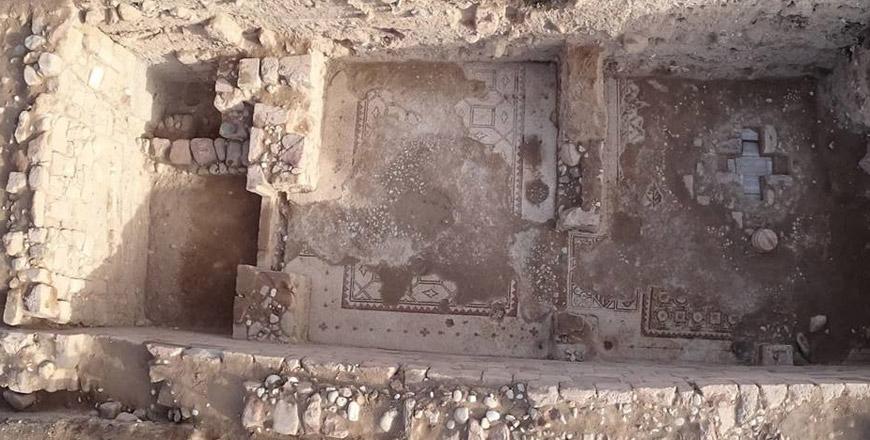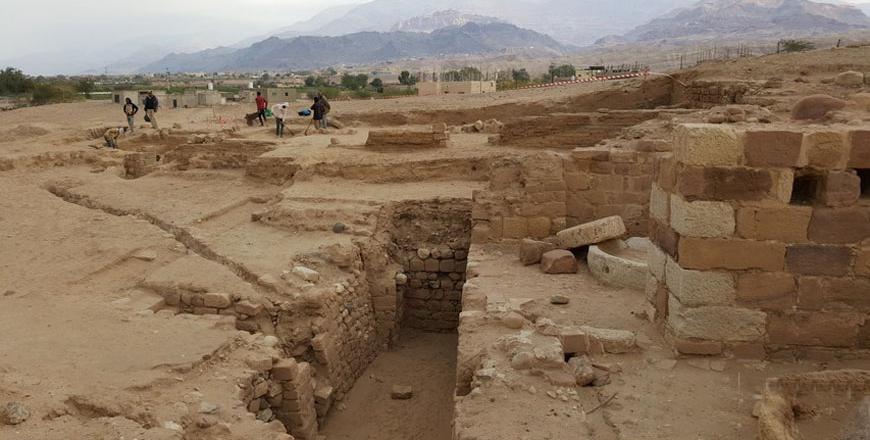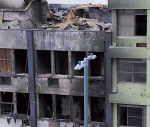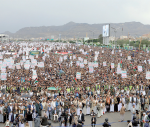You are here
Presentation examines Zoara’s agricultural dominance in ancient times
By Saeb Rawashdeh - Sep 03,2022 - Last updated at Sep 03,2022
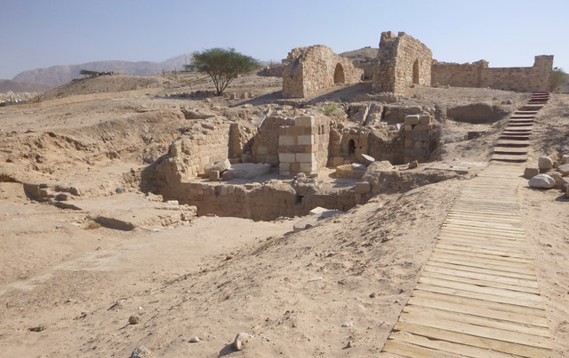
A general view of the Masna’ as-Sukkar (sugar factory) archaeological site in Ghor Safi (Photo courtesy of ACOR)
IRBID — Zoara, or modern-day Ghor Safi, was as an important commercial metropolis according to Roman and Byzantine written sources, said a Greek scholar at the 15th International Conference on the History and Archaeology of Jordan held in Irbid last month.
The area, situated on the south-eastern Dead Sea littoral near the biblical Zared River, Wadi Al Hasa, was a hub for agricultural products such as wheat, dates and balsam, noted head of the Hellenistic Society for Near Eastern Studies Konstantinos Politis.
“The area was rich with copper ore, salt, bitumen and sulphur. During the early Byzantine period [4th-7th centuries AD], it was the Seat of a bishop in Palaestina Tertia represented at the Nicaean Councils,” said Politis in his presentation “Zoara: Interdisciplinary Research and Study of the Discoveries of an Early Byzantine and Mediaeval Islamic Commercial City”.
Zoara is found on the 6th century AD mosaic floor map in St George Church in Madaba, in Al Idris’s 1154 “map of the world”, on the 13th century Tabula Peutingeriana as well as mentions in other ancient and mediaeval texts, Politis continued, adding that Zoara was called Zughar during the Abbasid and Ayyubid/Mamluk periods (9th-15thcenturies).
Crusader maps also depict Zoara as an important agricultural centre with new farming practices and products introduced from Asia such as cotton, indigo, sorghum and sugarcane while Roman and Byzantine roads crossed through the area.
“In the 2018 season, we came across a part of a large church with remnants of mosaic,” Politis said, adding that some of the tombstones found there represent the continuity of Nabataean and Arabic names in the Byzantine period.
The Nabataean fortress above Zoara was discovered on the hilltop with some inscriptions, Politis noted, adding that two copper vessels, which were likely indigo dye processing vats, were found at the site.
“The specialised system and devices were needed to extract indigo and sugar from the sugarcane, and very soon Zoara became an industrial hub during the Mamluk period [1250-1517],” Politis said
Islamic and Crusade-era coins were also found in Zoara, as well as inscribed local handware from the Abbasyd period which constituted “evidence that the local population was literate” and lived in prosperity, he said.
Seven books on Zoara have been published; while one more is anticipated to be released in September. A workshop on Zoara will be organised in October in Athens, Politis said.
Related Articles
AMMAN — Modern Ghor Safi, located at the southeastern end of the Dead Sea near the lowest point on earth, has been populated for over 12,000
AMMAN — With the support of Ambassador of the Hashemite Kingdom of Jordan to Greece Ahed Sweidat, an International Colloquium on the ancient
AMMAN — Last week’s international colloquium on the Byzantine and Islamic periods in Ghor Safi featured Australian numismatics specialist Pe


